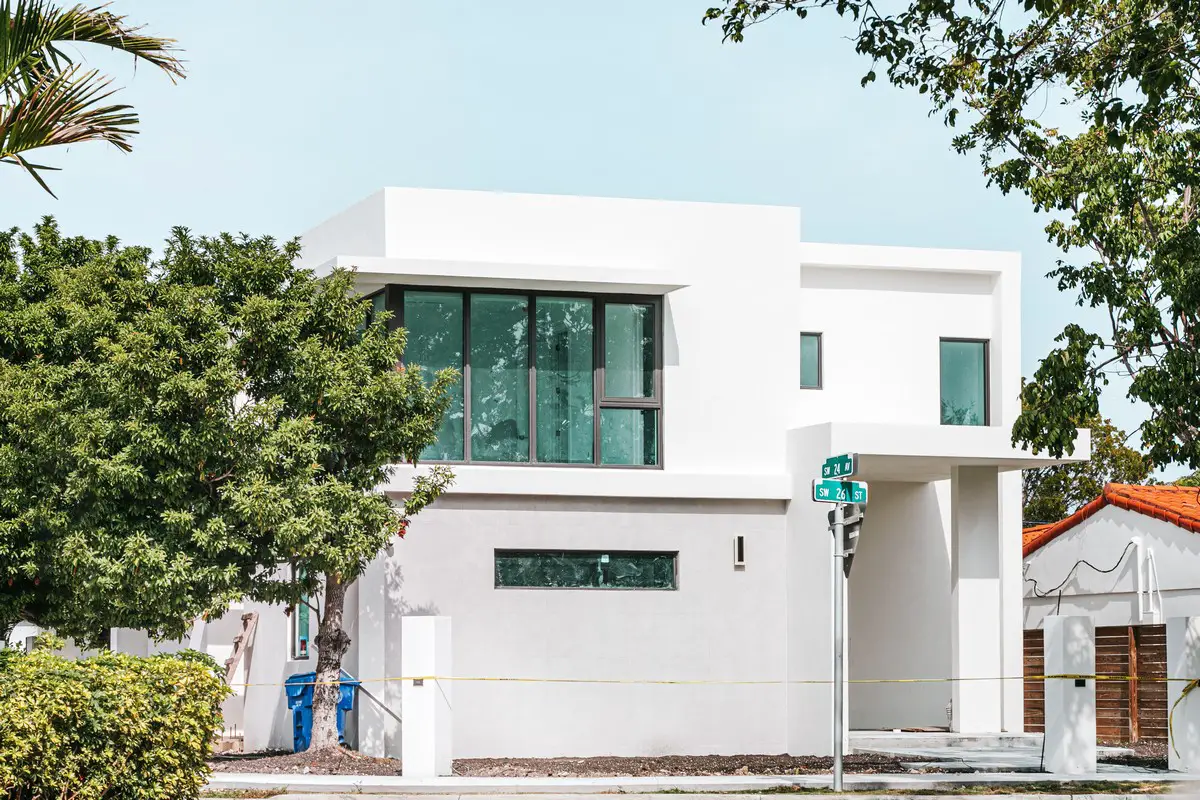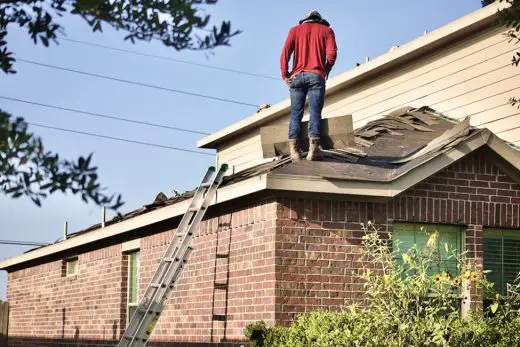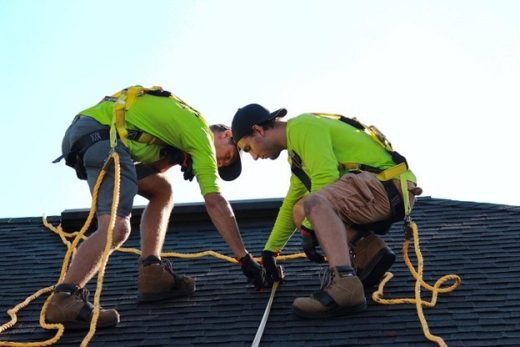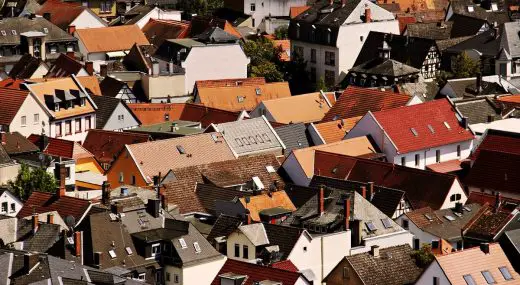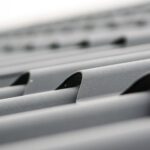Harnessing flat roofing for optimal home energy use, Property roof contractor, Building home maintenance
Harnessing Flat Roofing for Optimal Home Energy Use
25 September 2023
In today’s fast-paced world, with evolving lifestyles and technologies, one aspect that has continued to gain prominence in residential construction is energy efficiency. Homeowners today are increasingly conscious of escalating utility bills and growing environmental challenges.
One of the most impactful yet often overlooked facets in achieving this efficiency is the choice of roofing. Specifically, flat roofs present an array of unique opportunities for cutting costs and promoting sustainable living. To give you a holistic view, this article will delve into the intricacies of flat roofing, from its aesthetics to its energy-saving potential, all rounded off with concrete financial numbers.
Debunking the Flat Roof Myth
Contrary to popular belief, flat roofs aren’t just for commercial or industrial structures anymore. Homeowners are waking up to the many advantages this style offers. Even the term “flat roof” can be a bit misleading, as these roofs are usually built with a slight incline to ensure proper drainage.
They are often constructed using materials such as rubber, asphalt, or modified bitumen. Far from being just a modern architectural trend, flat roofs come loaded with a plethora of benefits that can significantly drive down your energy costs.
Initial Investment: What it Costs to Go Flat
When it comes to the initial outlay, flat roofing might not seem like the most economical option. Installation costs can vary from $250 to $350 per square foot, depending on labour and material expenses specific to your area. This is generally a bit higher than sloping or pitched roofs, which average around $200 to $250 per square foot. However, what needs to be considered here is the long-term return on investment. The higher initial cost can be quickly offset by the energy savings, lower maintenance costs, and the potential for renewable energy generation.
Thermodynamics and Flat Roofs: A Perfect Match
One of the most compelling reasons to opt for flat roofing lies in its excellent thermal performance. In hotter climates, the design helps minimize the amount of heat entering your home. This is crucial in reducing the stress on air conditioning systems and therefore leads to energy savings.
Counting the Savings on Air Conditioning
On average, an American home spends roughly $1,200 per year on electrical consumption, a significant portion of which powers the air conditioning. An efficiently constructed flat roof can reduce this expenditure by about 20-30%. Over ten years, that translates to anywhere between $2,400 to $3,600 in savings—savings that could be invested elsewhere.
Advantages During the Winter Months
Cold weather brings its own set of challenges. Heating becomes essential, and with it comes a spike in energy bills. In cold climates, the thermal properties of a flat roof can distribute heat more evenly throughout the house, leading to energy savings. On average, heating can add up to about $900 per year to your utility bills. With a flat roof, a saving of around 20% is achievable, which adds up to about $1,800 in a decade.
Harnessing Solar Energy: A Sustainable Approach
What sets flat roofs apart is the abundant space they offer, which is especially advantageous for renewable energy systems like solar panels. While the initial setup cost may range from $12,000 to $20,000 post federal tax credits, the long-term savings can be as high as $30,000 depending on local electricity rates and individual energy consumption patterns.
The Green Revolution: The Living Roof
There is an increasingly popular trend of converting flat roofs into green or living roofs. These roofs feature gardens that not only add aesthetic value but serve as an extra layer of insulation and air purification.
How Much Can You Save on Insulation?
The additional insulation from a living roof can reduce heating and cooling costs by 10-20%, saving an estimated $200 to $400 per year. These numbers might seem modest, but over a longer period, they add up to substantial savings.
Tailoring the Roof to Your Needs: Customization Options
One of the lesser-known advantages of flat roofs is their customization flexibility. Unlike their sloping counterparts, flat roofs can easily accommodate additional structures like rooftop patios, gardens, or even a penthouse. The options are only limited by your creativity and local building codes. This is not just a lifestyle perk; adding functional spaces can also boost your property’s resale value.
Zoning and Building Codes: What to Know
Before you let your imagination run wild with customization ideas, remember to check the local building codes and zoning laws. These laws can influence what you are and are not allowed to build on your flat roof. Always consult professionals to ensure that your plans are in line with the local regulations, thereby avoiding any future legal hassles.
Durability and Maintenance: A Commitment to Longevity
When it comes to longevity, flat roofs are robust contenders, often lasting anywhere from 20 to 25 years or more if well-maintained. Generally, they require less upkeep than their sloped counterparts.
What Are the Maintenance Costs?
Yearly maintenance costs for flat roofs generally range between $300 to $500, which is a significant reduction compared to the upward of $1,000 per year that sloped roofs can incur.
Harnessing flat roofing for optimal home energy use Conclusion
Flat roofing isn’t just a trendy architectural choice; it’s a long-term investment in energy efficiency, sustainability, and financial savvy. While the initial costs may be higher, the long-term rewards are substantial. From yearly energy savings of up to 30% to reduced maintenance costs and the opportunity for renewable energy installations, the financial benefits could range from $5,400 to $7,800 over a decade—and that’s not counting potential revenue from solar power generation.
Choosing a flat roof isn’t merely a decision for today; it’s a commitment to a sustainable future. It’s a lifestyle choice that aligns with a growing awareness of environmental responsibility, making it more than just a roof—it’s a rooftop revolution. By opting for a flat roof, you’re making a statement that you’re not only financially astute but also environmentally conscious, positioning you well for the challenges and opportunities of the years to come.
Comments on this guide to Harnessing flat roofing for optimal home energy use article are welcome.
Roofing Articles
Roofing Posts
Insulation Options for Your Roof
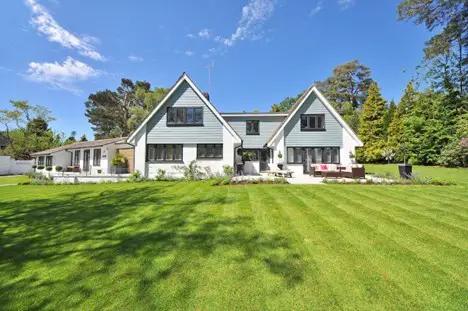
image source : pexels.com
How to make your roofing company a success
Property Design
Contemporary Property Designs – recent architectural selection from e-architect below:
Eco Architecture
Contemporary Green Architecture Design
Comments / photos for the Harnessing flat roofing for optimal home energy use advice guide page welcome

